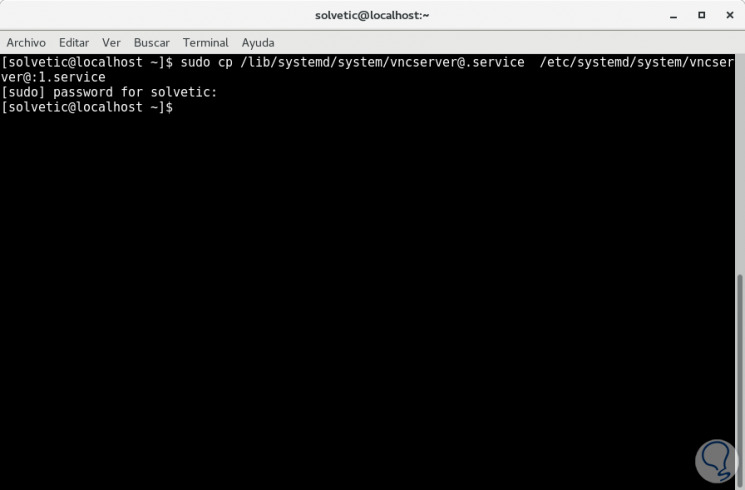

Home > CentOS > CentOS 7.x > Remote Access > CentOS 7.x tigervnc-server > CentOS 7. Tigervnc-server is a program that runs an Xvnc server which starts parallel sessions of GNOME or other desktop environment on the VNC desktop. Enter your servers public IP address and port 5902 as the VNC server. Serverspace has implemented Kubernetes Dashboard.

VNC server can access from windows machines using realvnc viewer. In this tutorial, we will walk through the installation and configuration of VNC Server TigerVNC on CentOS 8.If you want to create vnc access for multiple users, follow above steps from 4 to 7. Systemctl enable In CentOS7, VNC server access required for multiple users, each user should have separate configuration file and separate system service should run. This package is a TigerVNC server, allowing others to access the desktop. Systemctl daemon-reload systemctl start If you want vnc server for that user enable at boot time The VNC system allows you to access the same desktop from a wide variety of platforms. cp vim Description=Remote desktop service (VNC) After=syslog.target network.target Type=forking # Clean any existing files in /tmp/.X11-unix environment ExecStartPre=/bin/sh -c '/usr/bin/vncserver -kill %i > /dev/null 2>&1 || :' ExecStart=/usr/sbin/runuser -l -c "/usr/bin/vncserver %i" PIDFile=/home//.vnc/%H%i.pid ExecStop=/bin/sh -c '/usr/bin/vncserver -kill %i > /dev/null 2>&1 || :' WantedBy=multi-user.target Replace with username.Create & modify vnc configuration file via root.vncserver is a Perl script which simplifies the process of starting an Xvnc server. #Login as corresponding user su - vncpasswd vncserver is used to start a VNC (Virtual Network Computing) desktop. To setup tigervnc-server in Linux use following steps: Home > CentOS > CentOS 7.x > Remote Access > CentOS 7.x tigervnc-server > CentOS 7.x Setup VNC service


 0 kommentar(er)
0 kommentar(er)
